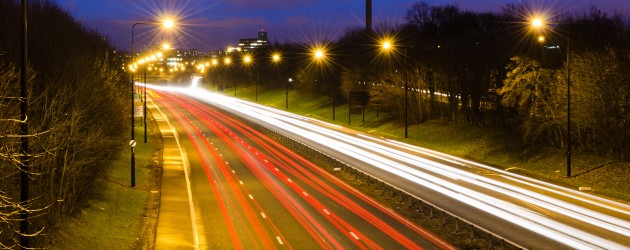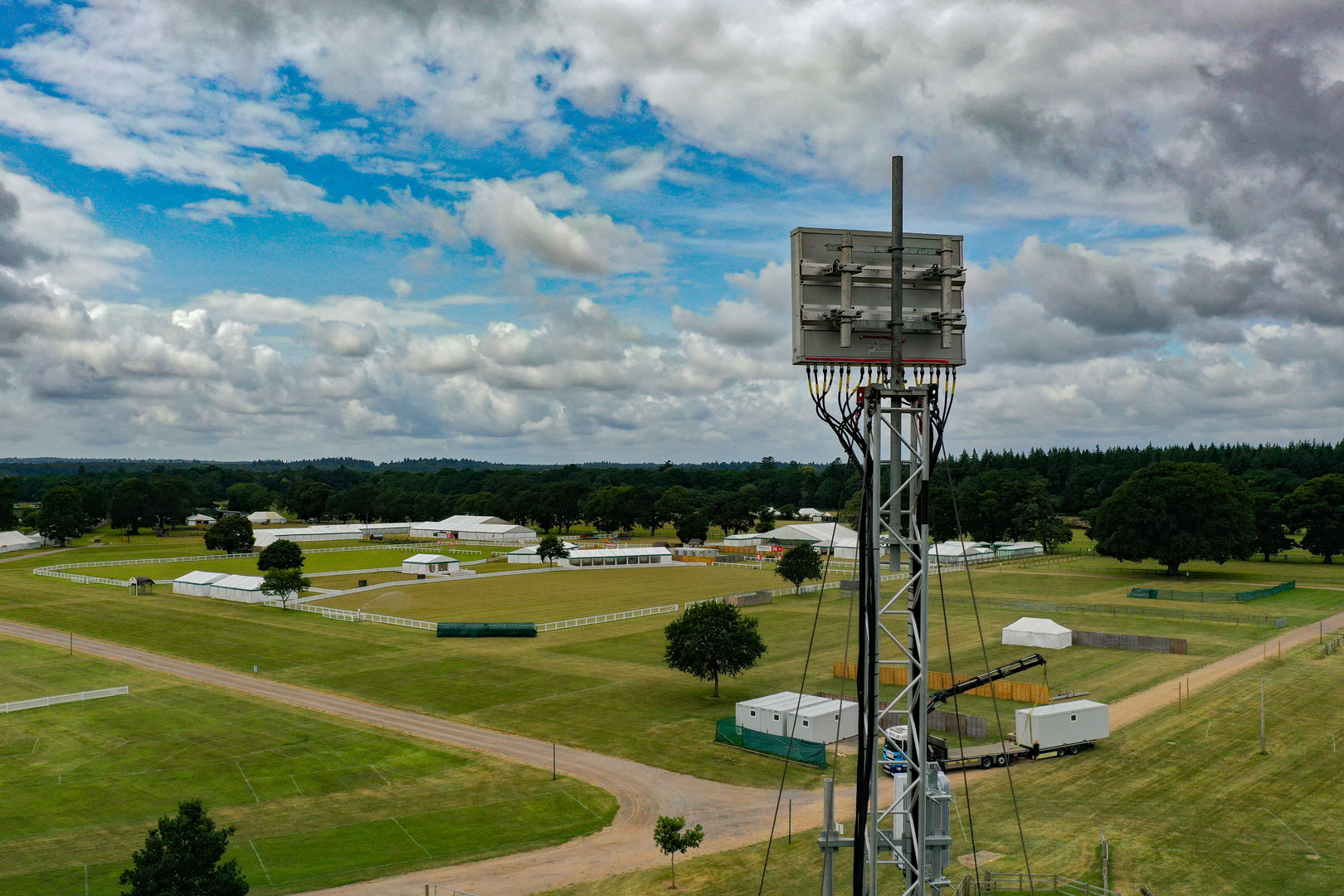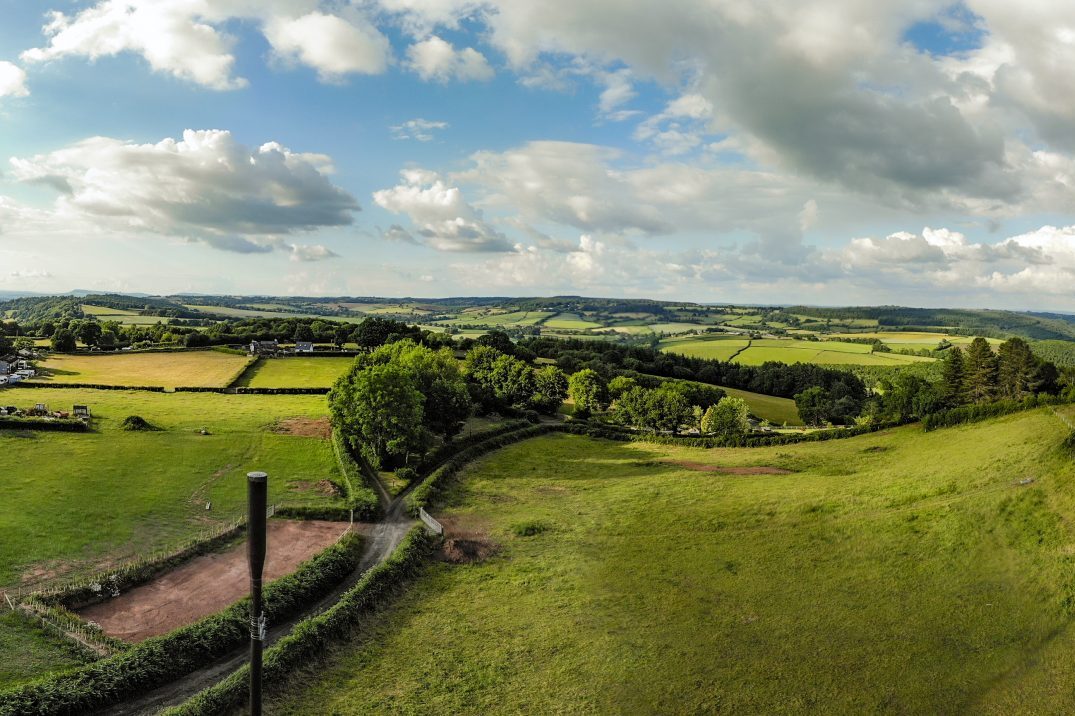
Smart street lighting and smart in-building energy management systems in local government buildings could provide savings of £402.3 million.
- Smart street lighting and smart in-building energy management systems in local government buildings could provide savings of £402.3 million
- New research by ComRes for Vodafone UK shows that 67 per cent of urban councillors are not aware of Machine-to-Machine (M2M) technologies and how they can be used to deliver better, more cost efficient public services
- 77 per cent of people living in urban areas say they would support their council’s decision to invest more in new technology to drive improved public services
Local councils are missing potential savings of over £400 million and the opportunity to improve the services they offer to citizens by not capitalising on the benefits offered by Machine-to-Machine (M2M) technologies, Vodafone UK has found.
To understand why local government is yet to reap the benefits of M2M for the efficient delivery of public services, Vodafone research, unveiled today, found that although the vast majority of urban councillors are positive about investment in technology, two thirds (67 per cent) are not familiar with M2M. This gap in understanding would explain why M2M is yet to be widely used to improve public services such as street lighting, refuse collection, urban traffic and transport management, whilst at the same time saving the tax payer millions.
Vodafone UK worked with research partner ComRes to poll 629 GB urban councillors and over 1,600 residents living in or on the fringes of the country’s urban areas to understand their views on the use of technology for public service delivery and to gauge which services are of concern to residents. The poll found that councillors agree that investing in technology is important in delivering better public services. This approach is also supported by the majority of urban residents.
The provisional local government finance settlement means that councils in England face cuts of almost £8 billion this year (1.8 per cent of 14/15 budget)1 . By utilising M2M – also called the Internet of Things (IoT) – local councils could benefit from significant savings while improving key services. Smart street lighting and energy management systems in local government buildings, for example, could save over £400 million (£402.3 million), making up around 5 per cent of the cuts expected over the next year with just two M2M-based solutions.
Today’s research suggests those savings would be welcomed by citizens who overwhelmingly said (77 per cent) they would fully support their council’s decision to invest more in new technology to drive improved public services.
Matt Key, Director of M2M sales and commercial at Vodafone said, “While the importance of technology seems to be widely appreciated by local councillors and residents in urban areas, the lack of awareness of the massive benefits to be gained from M2M and the Internet of Things means that urban councils are missing out on opportunities to deliver better, smarter and more cost effective services in the areas which matter to their local communities.
“Among the small amount of councillors who are familiar with M2M, almost all of them (83 per cent) feel the technology will be important in delivering better services and improved value to the community. If we can help more councillors understand the possible savings and the benefits, then we have a real opportunity to help local councils improve the services for their communities, as well as free up more budget to be reinvested in front line services.”
Citizens are in support of smart technologies
The poll of Britons living in or on the fringes of urban areas found them to be in strong support of using M2M technologies to improve public services and reduce running costs. The greatest savings could come from monitoring systems in local authority buildings to reduce energy consumption, a measure supported by 85 per cent of residents. When Vodafone implemented smart monitoring systems across 200 of its sites, the company made an average saving of 29 per cent in energy costs, per site. With UK local authorities spending around £750 million each year onenergy costs2 , they could save close to £190 million per year with an average saving of 25 per cent through the introduction of similar systems
Further savings could be achieved by smart street lighting – 80 per cent of residents in urban areas said they are in favour of lighting which brightens when it senses people or vehicles are nearby to reduce energy consumption. If connected or smart street lights were rolled out to all 7.5 million street lights in the UK this could drive savings of £52.9 million on energy costs (based on a conservative 20 per cent reduction) and £161.9 million in maintenance, equating to total savings of almost £215million (£214.8 million).
M2M technology can improve the services that citizens are most dissatisfied with
According to the survey, residents of urban areas are less likely to be satisfied on issues concerning transportation and traffic, compared to other council services, such as refuse collection and street lighting.
Traffic management, for example, can readily benefit from M2M technologies. As the survey suggests, congestion in urban areas such as London, is a major frustration for its residents, as well as costing councils money. According to the Centre for Economics and Business Research, the number of hours spent by drivers idling in traffic in London is expected to increase by nearly 20 per cent over the next fifteen years to 299 hours – equating to 40 working days a year by 20303 .
In fact 88 per cent of adults living in urban areas said they support the introduction of smart traffic light systems which automatically respond to the flow of people and vehicles for more effective traffic management. Support for improvements to traffic light systems was higher than any other proposal tested in the polling.
Furthermore, fifty-seven per cent of residents said they would be in support of their local council investing in applications to help them find parking spaces. One City Council is already embarking on a project with Vodafone to help direct drivers to the council’s 10,000 parking bays4 – some of which remain vacant because people can’t find them. Drivers spend around 15 minutes looking for an available space, so the project will greatly reduce congestion.
“The benefits that are already being seen by the private sector, other markets and some local authorities are just too significant for urban councillors to ignore,” said Matt Key. “Those at the highest level in Government are starting to recognise the potential with IoT making its way into the Spring budget for the first time earlier this year. We recommend that urban councillors find out more about M2M technologies to see how they can improve the services that matter most to their residents while making budgets work harder. At Vodafone, we are committed to working with local councils to make best use of technology to create some of the smartest, most efficient cities in Europe.”
Notes to editors
Street light savings can be made on the basis that:
- There are approximately 7.5million street lights in the UK 5
- According to latest figures from the Association for Public Service Excellence6 , the average annual costs of energy and maintenance per street lamp was £35.29 and £43.17 respectively in 2013 / 2014. This would be an annual cost of £264.7 million and £323.8 million for all 7.5 million street lights in the UK.
- M2M technologies can drive an annual saving of 20 – 30 per cent in energy costs and 50 per cent in maintenance costs according to Machina Research .This would drive savings of £52.9 million in energy costs (based on a conservative 20 per cent reduction) and £161.9 million in maintenance (based on a 50 per cent reduction).
- This equates to overall savings of £214.8 million in energy and maintenance for the 7.5 million street lights in the UK.
Buildings energy use savings can be made on the basis that:
- UK local authorities spend £750 million on energy every year (http://www.carbontrust.com/resources/guides/sector-based-advice/local-government)
- Vodafone achieved an average saving of 29 per cent of its energy bill across 200 sites when it implemented M2M solutions
- If local authorities achieved a similar saving (25 per cent) that would be £187.5m saved on the current annual bill of £750 million
Combining street lighting savings (£214.8million) with buildings energy use savings (£187.5m):
Total possible savings from using M2M technology is £402.3 million.
About the polling:
ComRes conducted online interviews with 1,624 GB adults who live in urban or town and fringe areas between 11 and 12 March 2015. Data were weighted to be representative of all adults in Great Britain aged 18+ who describe themselves as living in urban areas of more than 10,000 people or in town and fringe areas. ComRes also interviewed 629 GB urban councillors between 2 December 2014 and 7 January 2015. ComRes is a member of the British Polling Council and abides by its rules. Data tables are available on the ComRes website, www.comres.co.uk
1. 14/15 spending: https://www.gov.uk/government/uploads/system/uploads/attachment_data/file/365581/RA_Budget_2014- 15_Statistical_Release.pdf; provisional cuts: https://www.gov.uk/government/collections/provisional-local-governmentfinance-settlement-england-2015-to-2016 (1.8 per cent of £98.8 billion spend in 2014/15)
2. http://www.carbontrust.com/resources/guides/sector-based-advice/local-government
3. http://www.cebr.com/reports/the-future-economic-and-environmental-costs-of-gridlock/
4. http://www.smartparking.com/media/1191/vodafone-m2m-smart-parking.pdf
5. http://www.bbc.co.uk/news/uk-11209143
6. http://apse.org.uk/apse/index.cfm/members-area/briefings/2013/13-32-street-lighting-trend-analysispdf/


![Dawlish Sunrise [Adobe Stock] resized stock photo of Dawlish in Devon](https://www.vodafone.co.uk/newscentre/app/uploads/2024/04/Dawlish-Sunrise-Adobe-Stock-resized.jpg)

